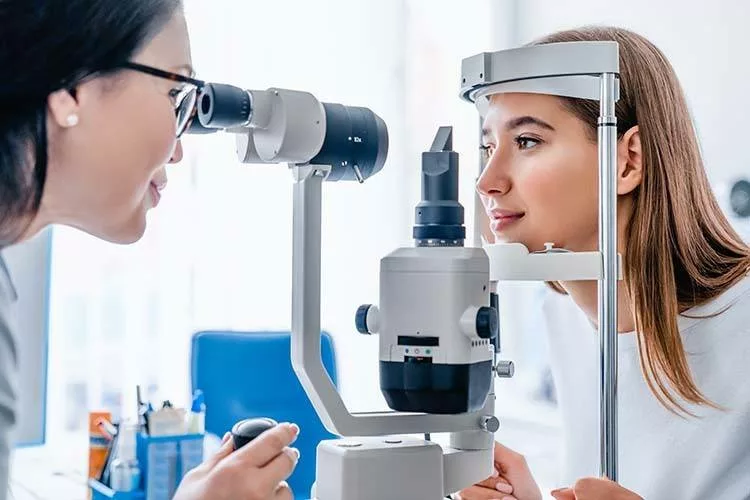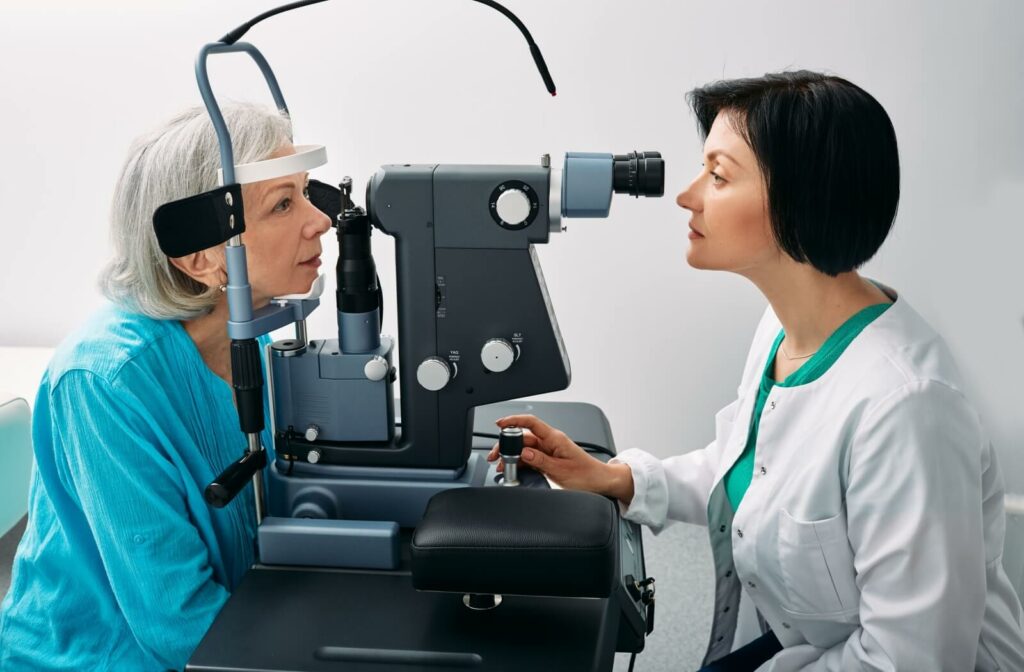Experience Personalized Care with Opticore Optometry in Chino
Experience Personalized Care with Opticore Optometry in Chino
Blog Article
Checking Out the most up to date Technological Developments in Optometry and What They Mean for Optometrists
In the ever-evolving field of optometry, current technical improvements are improving just how experts come close to eye care. From the accuracy of Optical Coherence Tomography to the nuanced insights offered by AI-driven analysis tools, these developments are establishing new criteria in individual analysis and therapy. Teleoptometry is positioned to redefine accessibility, ensuring that competence goes beyond geographical constraints. As these improvements permeate the method, eye doctors are confronted with the challenge of embracing these devices to boost person outcomes. Yet, the concern stays: just how will these technological changes redefine the roles and duties within the career?
Technologies in Diagnostic Devices
Advancing the field of optometry, advancements in analysis devices have reinvented the way eye care professionals examine and diagnose visual problems and eye conditions. The previous decade has experienced considerable technical innovations, making it possible for more comprehensive and exact assessments. Optical Comprehensibility Tomography (OCT), for instance, offers high-resolution cross-sectional pictures of the retina, permitting the early detection of illness such as glaucoma and age-related macular deterioration. This non-invasive imaging strategy has actually become indispensable in contemporary optometric practice.
One more secret technology is the intro of innovative corneal topography systems, which map the surface curvature of the cornea with precision. These tools are especially advantageous for suitable get in touch with lenses and identifying corneal problems. Digital retinal imaging has actually transformed standard ophthalmoscopy, supplying thorough, panoramic views of the retina that assist in thorough visual exams.
The advancement of wavefront aberrometry has also been essential, making it possible for the evaluation of refractive errors with unmatched accuracy (Eye Doctor Optometrist). This modern technology helps in tailoring corrective lenses and improving surgical results for refractive surgeries. Collectively, these analysis improvements equip eye doctors to deliver exceptional patient treatment, ensuring very early intervention and customized treatment methods, eventually boosting visual health and wellness end results
AI in Person Management
Building on the structure of advanced diagnostic tools, the consolidation of artificial knowledge (AI) in patient monitoring stands for a transformative jump for optometry. AI systems are increasingly utilized to boost effectiveness, precision, and customization in patient care. By assessing large amounts of data, AI can recognize patterns and anticipate potential ocular conditions, allowing optometrists to customize treatments much more efficiently. This capability is crucial in handling chronic eye diseases such as glaucoma and diabetic person retinopathy, where early detection and constant surveillance are vital.
Additionally, AI-driven systems promote streamlined person communications and management processes. Automated scheduling, digital assessments, and personalized follow-up strategies not only boost individual fulfillment but likewise maximize time management for experts. These systems can triage patients based upon the urgency of their conditions, making sure that those in critical demand obtain punctual attention.
Furthermore, AI enhances decision-making by offering optometrists with evidence-based recommendations and therapy pathways. By integrating data from electronic health documents, AI tools supply insights that educate medical decisions, lowering the risk of errors and improving patient outcomes. As AI proceeds to develop, its function in person monitoring will likely increase, improving the landscape of optometric care.
Developments in Retinal Imaging
In the world of optometry, retinal imaging has observed amazing technological innovations that are boosting diagnostic look at more info capabilities and person care. Advancements such as Optical Comprehensibility Tomography (OCT) and fundus digital photography have changed exactly how optometrists imagine and evaluate the retina.
Improved imaging modalities like OCT angiography are further refining analysis accuracy. This non-invasive method maps blood flow in the retina, offering vital understandings into vascular wellness without the need for color shots. Additionally, flexible optics technology is being integrated into retinal imaging systems to deal with ocular aberrations, supplying unprecedented photo clearness. Such developments facilitate the identification of min retinal modifications that can signify disease progression.
Moreover, improvements in artificial knowledge are enhancing retinal imaging by enabling automatic evaluation of huge datasets. These systems assist eye doctors in identifying patterns a measure of pathology, thereby improving diagnostic accuracy and performance. Jointly, these developments are changing retinal imaging into a cornerstone of contemporary eye treatment, enhancing end results and increasing restorative possibilities.
Teleoptometry's Growing Role
Teleoptometry is significantly ending up being an essential part of eye care, driven by advancements in digital communication and analysis tools. This is especially useful in underserved and country locations where access to specialized eye treatment is often minimal.
The combination of man-made knowledge (AI) more boosts teleoptometry, making it possible for the analysis of aesthetic data and assisting in the discovery of ocular conditions such as glaucoma and diabetic retinopathy. AI-powered algorithms can rapidly interpret intricate imaging information, giving eye doctors with important understandings additional hints that reinforce clinical decision-making.
Additionally, teleoptometry supports connection of care through seamless assimilation with electronic health records (EHRs), permitting optometrists to keep thorough patient histories. When seeking advice from with different practitioners., this guarantees that people obtain constant and individualized treatment also.
Despite these benefits, challenges remain, including guaranteeing information safety and handling patient assumptions. Teleoptometry represents a substantial stride towards more obtainable, reliable, and patient-centered eye care. As technology advances, its role is poised to broaden additionally.

Future Patterns in Eye Care
A myriad of innovative trends is readied to reshape the future of eye treatment, driven by technological advancements and the developing demands of clients. One significant trend is the integration of expert system (AI) in diagnostics, which promises to boost the precision and efficiency of eye examinations. AI formulas can assess huge amounts of information from retinal pictures, potentially spotting conditions like diabetic retinopathy and glaucoma earlier than traditional techniques.
In addition, personalized medication is acquiring traction in optometry, with genetic testing notifying customized therapy plans. This strategy intends to maximize patient outcomes by customizing treatments to individual genetic profiles. Wearable innovation, such as clever call lenses, is also imminent, using real-time surveillance of intraocular pressure or glucose levels, hence providing continuous understandings right into systemic and ocular health.
The fostering of augmented reality (AR) and virtual reality (VIRTUAL REALITY) in training and individual education and learning is one more arising fad. These modern technologies offer immersive experiences that can enhance understanding and skills both for eye doctors and patients. As these fads advance, optometrists should stay abreast of technological improvements to give sophisticated care, making certain enhanced patient outcomes and contentment in the vibrant landscape of eye treatment.
Conclusion

Collectively, these analysis advancements equip eye doctors to provide premium individual treatment, making sure very early treatment and tailored treatment strategies, inevitably boosting visual health results.

As these innovations her latest blog continue to evolve, eye doctors should adapt and include them into method, ultimately optimizing workflow effectiveness and elevating the criterion of eye care supplied to people.
Report this page